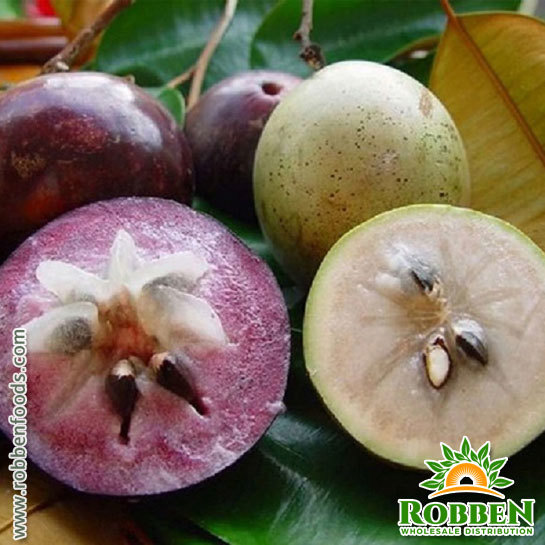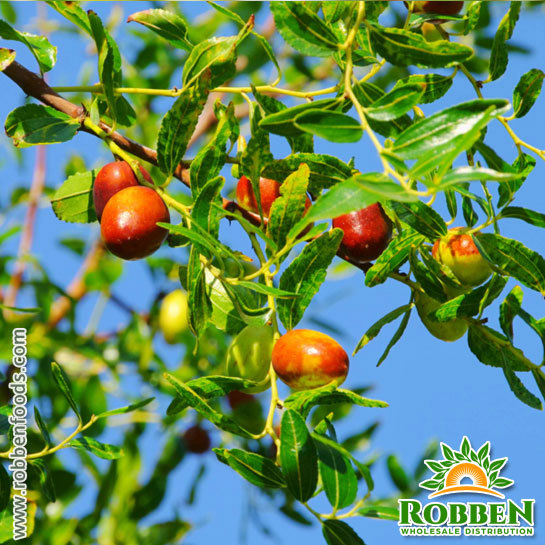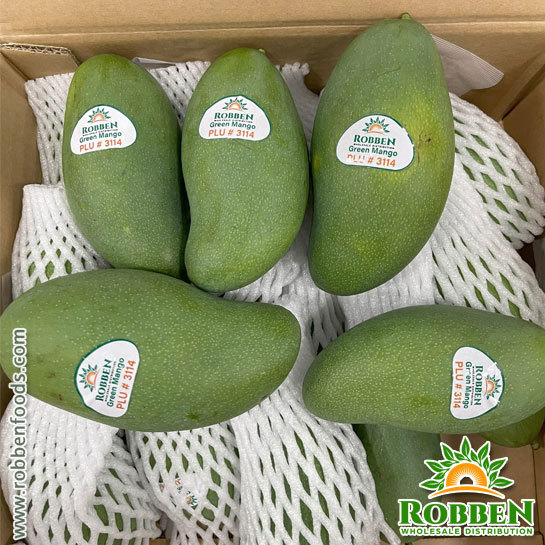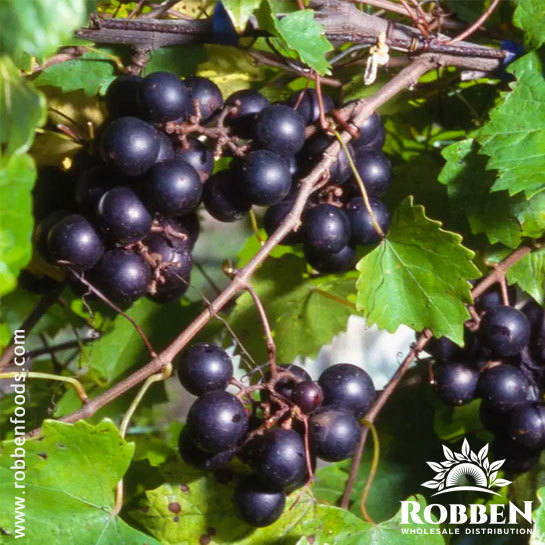Navel oranges are an excellent source of vitamin C, a powerful antioxidant that supports a robust immune system.
Navel oranges, with their delicious taste and numerous health benefits, are a popular citrus fruit that is widely grown in the United States. The primary regions for navel orange production in the USA are Arizona, California, and Florida, where the appropriate tropical or subtropical climate supports their growth. These regions have ideal conditions for cultivating navel orange trees, allowing farmers and gardeners to enjoy a thriving industry.
Growing navel oranges is relatively easy, especially when you reside in the appropriate climate zone. For gardeners within the tropical or subtropical regions, cultivating an orange tree can be a rewarding and fulfilling experience. However, even those who live outside these ideal regions can still attempt to grow an orange tree by making use of various techniques and adjustments to create a suitable microclimate.
When it comes to the benefits of consuming oranges, navel oranges offer a wide array of nutritional advantages. One notable benefit is their high fiber content, which plays a crucial role in improving cholesterol ratios in the body. The fiber found in navel oranges helps regulate blood sugar levels, aids in preventing colon cancer, and promotes a healthy digestive system. Furthermore, oranges are an excellent source of vitamin C, a powerful antioxidant that supports a robust immune system, promotes healthy skin, and aids in collagen production. Navel oranges also provide significant amounts of vitamin A and calcium, which are essential for maintaining healthy bones, teeth, and skin. Additionally, the presence of vitamin B6 in oranges helps keep the nervous system functioning properly.
While oranges are undeniably beneficial for overall health, it's important to consume them in moderation. Eating oranges in large quantities, especially for individuals who are sensitive to high fiber content, can potentially lead to gastrointestinal symptoms. Therefore, it is generally recommended to enjoy no more than one navel orange per day to avoid any discomfort.
When it comes to consumption, navel oranges are best enjoyed fresh. Their juicy, sweet flavor is best savored by eating the fruit as a whole. However, if you decide to juice navel oranges, it is advisable to use the juice immediately. This is because navel oranges contain a compound called limonin, which can result in a bitter taste if the juice is left for too long.
The availability of citrus fruits varies depending on the specific variety and time of year. Navel oranges are typically at their peak from December until March, offering a refreshing and nutritious treat during the winter months. Blood orange varieties, known for their distinct reddish color and unique flavor, are best from December until April. For those seeking smaller, easy-to-peel options, clementines and tangerines are the best choices, with their peak season falling between late October and January.
Growing navel oranges in the USA provides a flourishing industry, particularly in Arizona, California, and Florida. The benefits of consuming oranges, including navel oranges, are numerous and range from their high fiber content that aids in improving cholesterol ratios to their rich vitamin C content that supports the immune system. When enjoyed in moderation, navel oranges can be a delicious and healthy addition to one's diet, offering a burst of flavor and essential nutrients.
#Orange #NavelOrange #OrangeJuice #RobbenFruits



